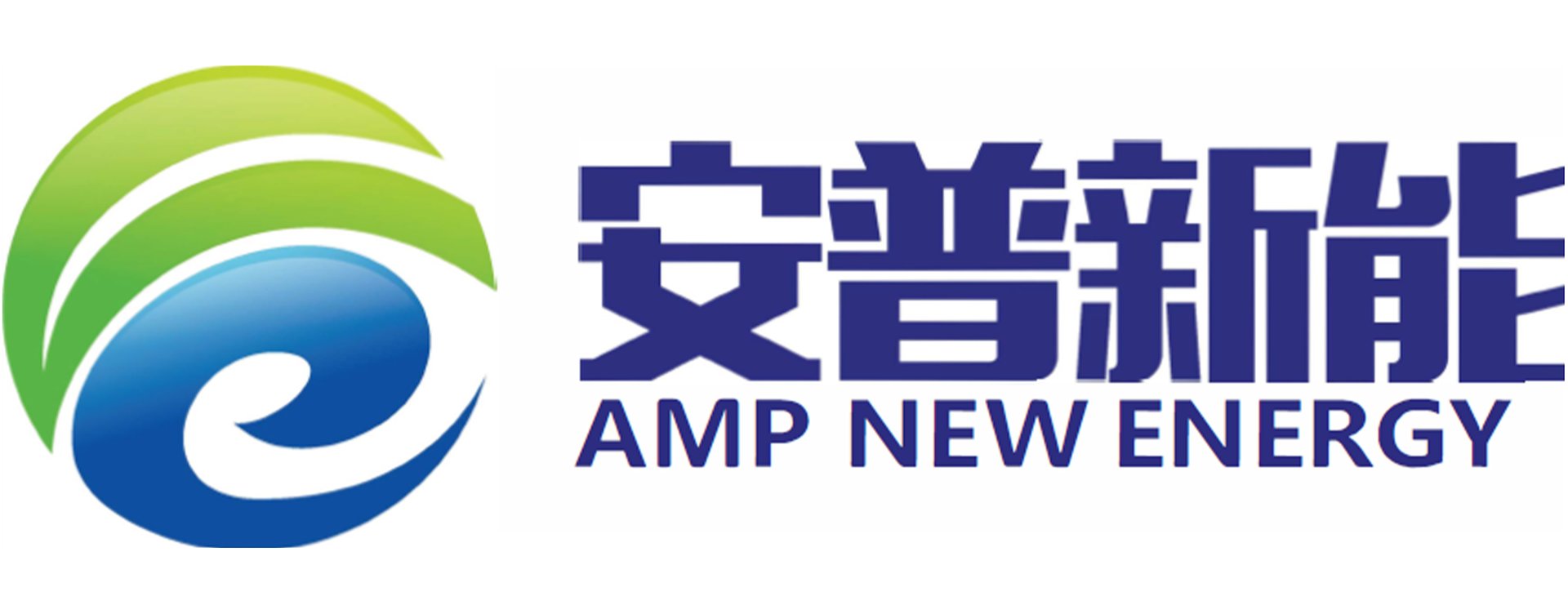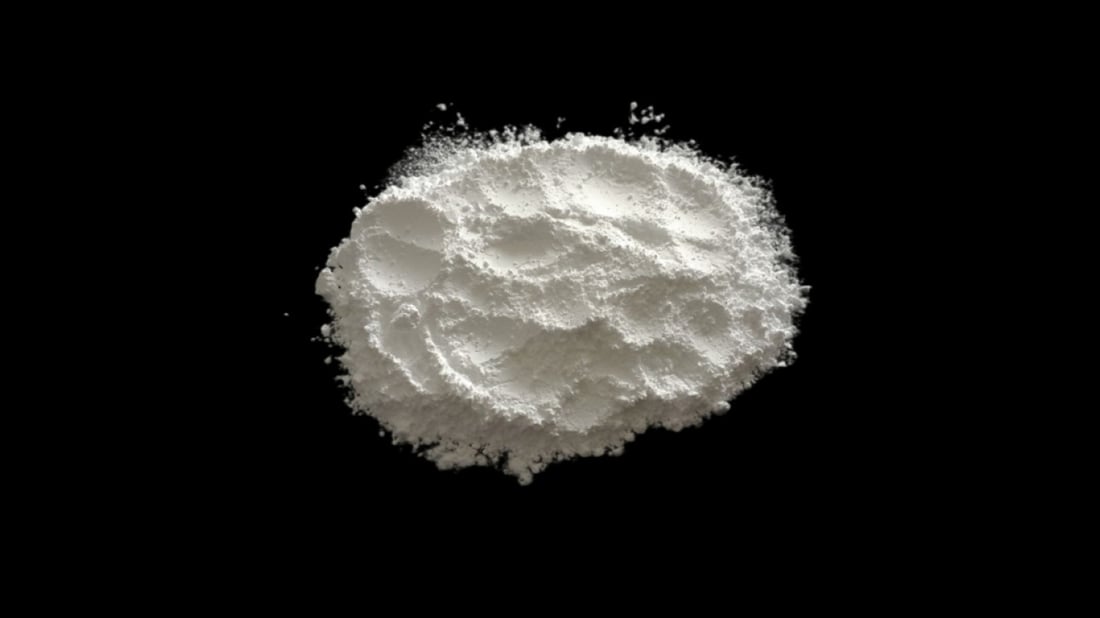Introduction
With the growing demand for portable electronic devices and electric vehicles, the development of high-performance lithium-ion batteries is crucial. One key component in these batteries is the binder, which holds the active materials together. The emulsion method using PVDF (Polyvinylidene fluoride) resin has emerged as a promising technique to enhance the performance of lithium-ion battery binders. In this article, we will explore the advantages and applications of using the emulsion method with PVDF resin for lithium-ion battery binders.
The Emulsion Method: An Overview
The emulsion method is a popular technique for the synthesis of PVDF resin. It involves the dispersion of PVDF particles in a water-based medium, creating a stable emulsion. This emulsion is then used to coat the active materials of the lithium-ion battery, forming a strong adhesive bond. The emulsion method offers several advantages over other binder synthesis techniques, such as solution casting or melt blending.
Advantages of Using the Emulsion Method
1. Improved Adhesion: The emulsion method allows for better adhesion between the binder and the active materials, resulting in enhanced battery performance. This improved adhesion increases the stability of the electrode structure, preventing the detachment of active materials during cycling.
2. Uniform Coating: The emulsion method ensures a uniform coating of the binder on the active materials, leading to improved electrochemical performance. This uniformity reduces the formation of dead spots and enhances the overall efficiency of the battery.
3. Enhanced Electrolyte Penetration: The emulsion method promotes better electrolyte penetration into the electrode structure, resulting in improved ion transport kinetics. This enhanced electrolyte penetration enhances the battery's charge and discharge rates.
Applications of PVDF Resin in Lithium-Ion Battery Binders
PVDF resin synthesized using the emulsion method finds wide application in lithium-ion battery binders. Here are some key applications:
1. Electric Vehicles (EVs): The use of PVDF resin in lithium-ion battery binders for EVs is crucial for achieving high energy density, long cycle life, and improved safety. The emulsion method ensures the binder's stability under the demanding conditions of EV operation.
2. Portable Electronic Devices: PVDF-based lithium-ion battery binders are also extensively used in portable electronic devices such as smartphones, laptops, and tablets. The emulsion method provides excellent adhesion and stability, enabling longer battery life and improved device performance.
3. Energy Storage Systems: PVDF resin binders synthesized using the emulsion method are employed in large-scale energy storage systems, including grid-level applications. These binders contribute to the stability and longevity of the batteries used in these systems.
Future Prospects and Developments
The emulsion method with PVDF resin for lithium-ion battery binders holds immense potential for future advancements. Researchers are continuously exploring ways to improve the performance and stability of lithium-ion batteries through the optimization of the emulsion method. Additionally, efforts are being made to develop novel PVDF-based binders with improved thermal stability, higher ionic conductivity, and enhanced safety features.
Conclusion
The emulsion method using PVDF resin is a promising technique for the synthesis of lithium-ion battery binders. Its advantages, such as improved adhesion, uniform coating, and enhanced electrolyte penetration, make it an attractive option for various applications, including electric vehicles, portable electronic devices, and energy storage systems. With ongoing research and development, the emulsion method with PVDF resin is poised to play a significant role in advancing lithium-ion battery technology.

